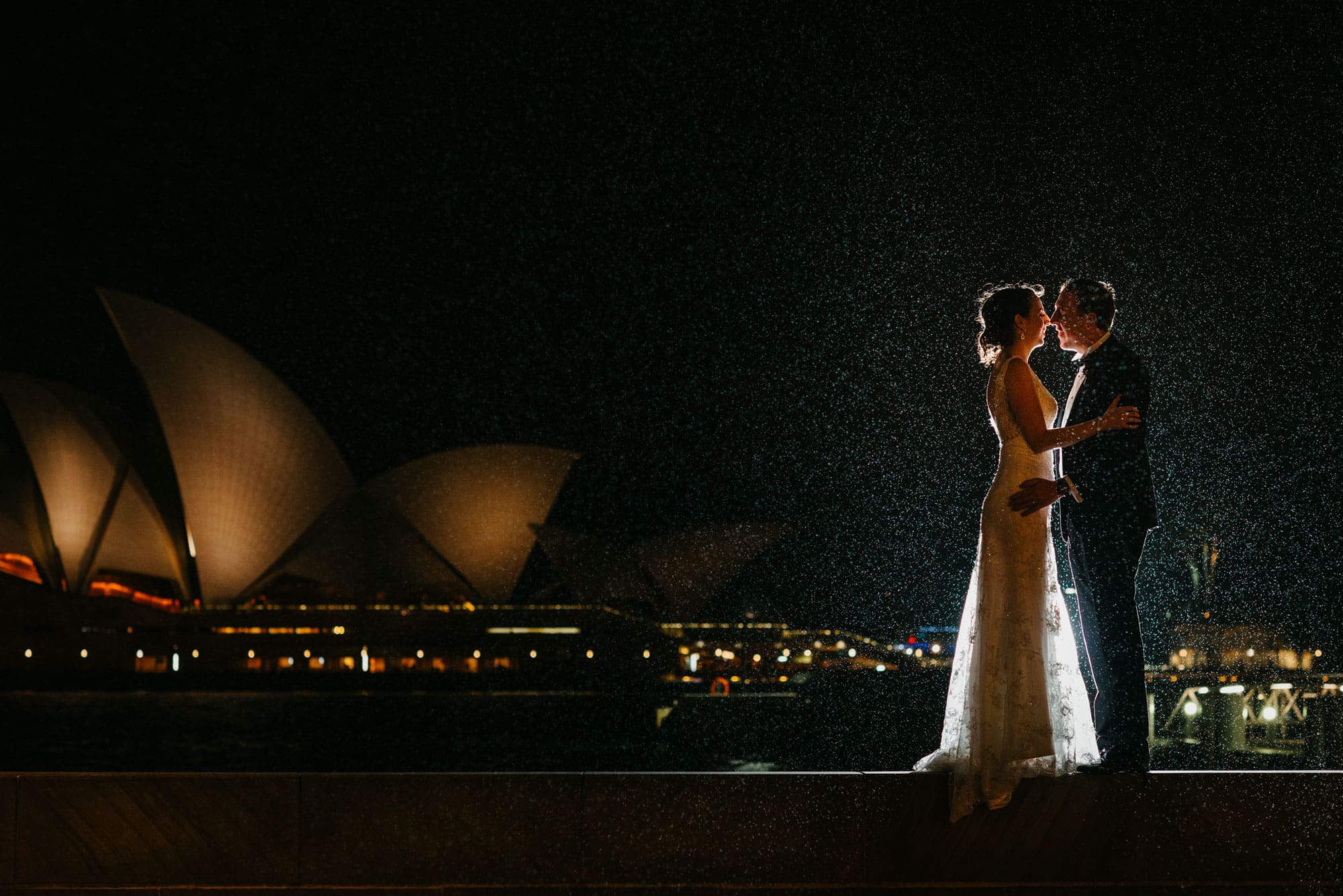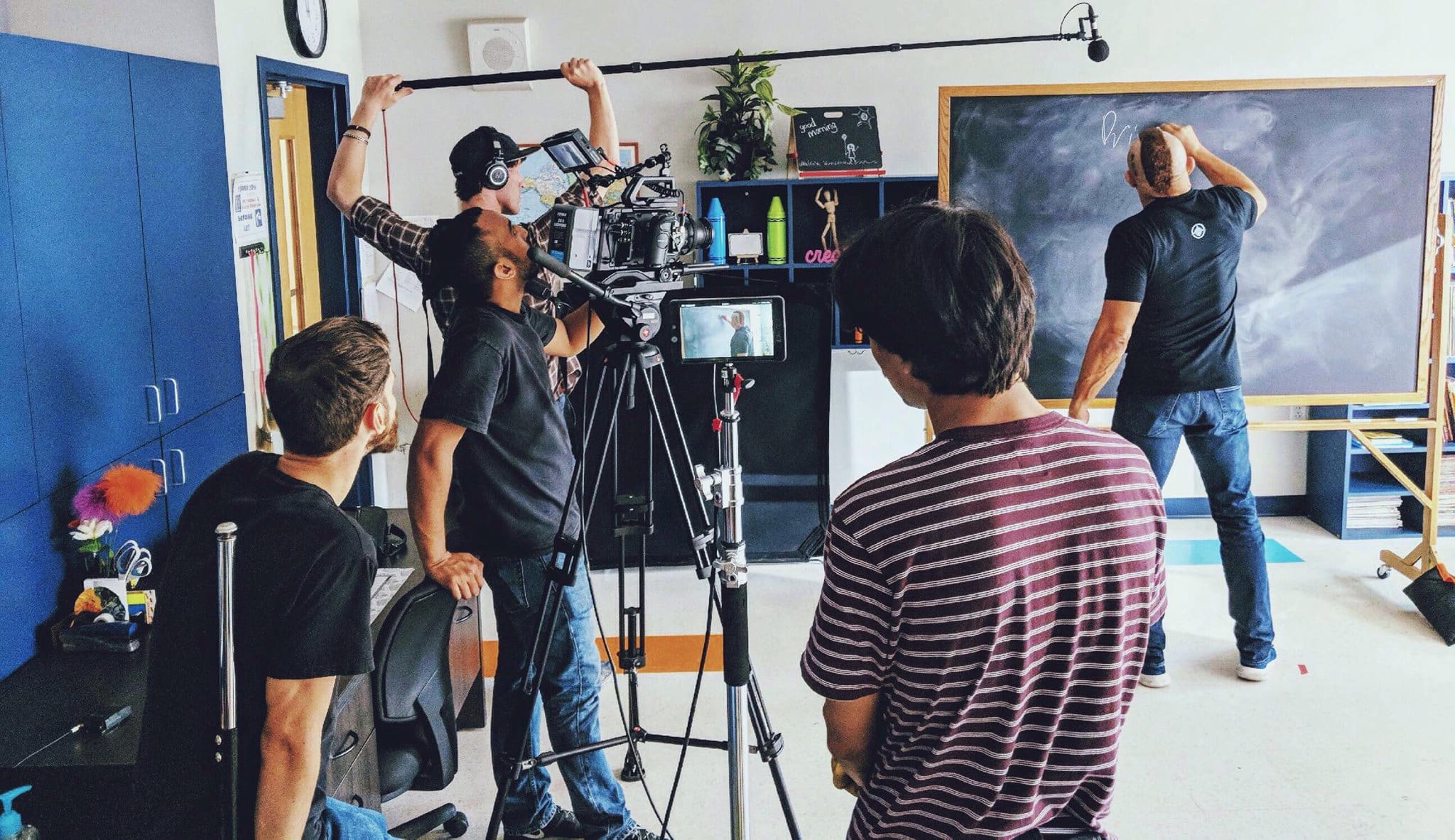Australia’s incredible biodiversity makes it a wildlife photographer’s paradise, from iconic marsupials to exotic birds and marine life found nowhere else on Earth. For photography enthusiasts seeking to master wildlife capture techniques, a specialized wildlife photography course offers the expertise needed to document Australia’s unique fauna ethically and skilfully.
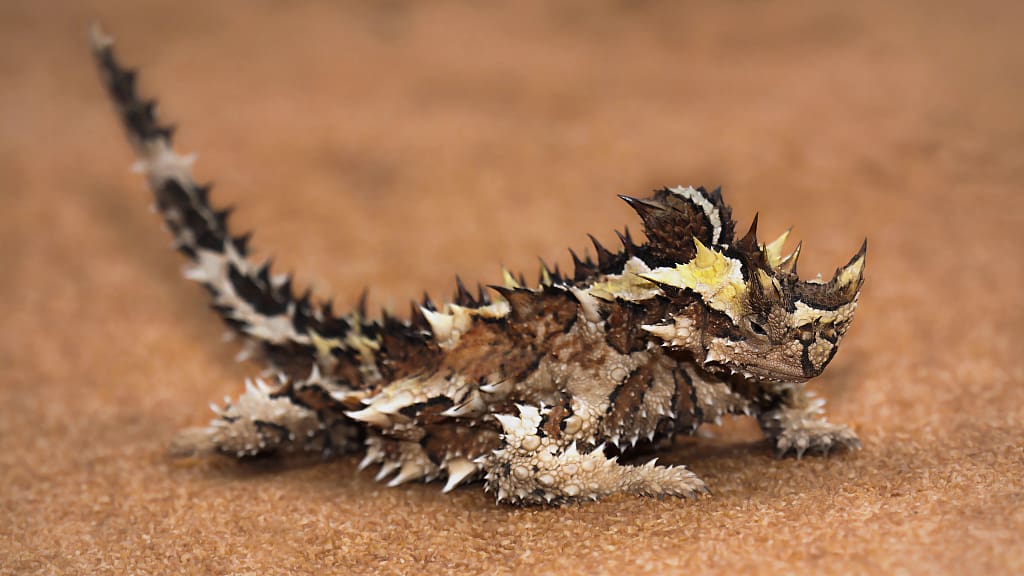
The Advantages of Online Wildlife Photography Education
Learning online has revolutionized wildlife photography education, making expert instruction accessible to students across Australia’s vast landscape. Unlike traditional workshops limited by location and scheduling, an online course provides convenient access to comprehensive wildlife photography training regardless of your location – whether you’re in urban Melbourne or remote Far North Queensland.
The benefits of online wildlife photography education are particularly significant for Australian students:
- Access to diverse expertise: Learn from wildlife photographers specializing in different Australian ecosystems
- Flexible learning schedule: Study during optimal times that don’t conflict with wildlife activity periods
- Repeat viewing: Review complex techniques multiple times to master difficult concepts
- Global perspective: Access international wildlife photography techniques adaptable to Australian conditions
- Cost efficiency: Eliminate travel costs associated with traditional wildlife photography workshops
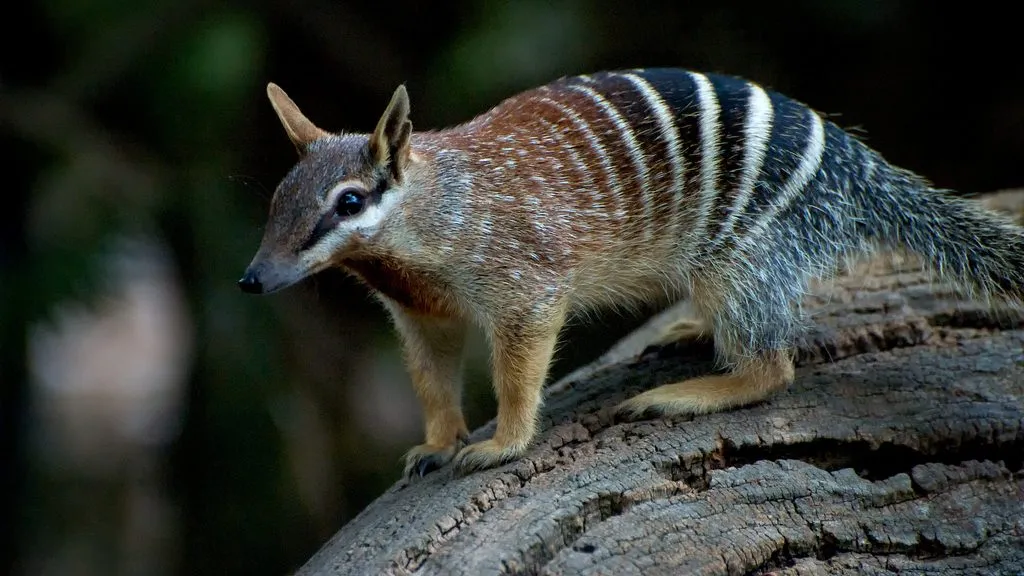
Australian Wildlife Photography Fundamentals
A comprehensive wildlife photography course must address the unique challenges and opportunities presented by Australian fauna. Learning online allows for detailed exploration of species-specific techniques through extensive video libraries and case studies.
Understanding Australian Wildlife Behaviour: Successful wildlife photography requires deep understanding of animal behaviour patterns. Online courses provide extensive behavioural studies of iconic Australian species – from the nocturnal habits of wombats to the social structures of kangaroo mobs. This knowledge enables photographers to anticipate behaviours and position themselves for optimal shots.
Interactive online modules demonstrate how different Australian animals respond to human presence, helping photographers maintain ethical distances while capturing compelling images. Understanding seasonal behaviors, feeding patterns, and territorial habits gives photographers significant advantages in the field.
Equipment Considerations for Australian Conditions: Australia’s diverse climates and harsh conditions demand specific equipment knowledge. Online courses detail equipment selection for different environments – from tropical Queensland rainforests to arid Western Australian deserts. Learning online provides detailed equipment reviews and recommendations specific to Australian wildlife photography challenges.
Telephoto lens selection becomes crucial for maintaining safe, ethical distances from potentially dangerous wildlife like crocodiles, venomous snakes, or protective parents with young. Online courses demonstrate proper equipment use through video tutorials showing real-world applications in Australian conditions.
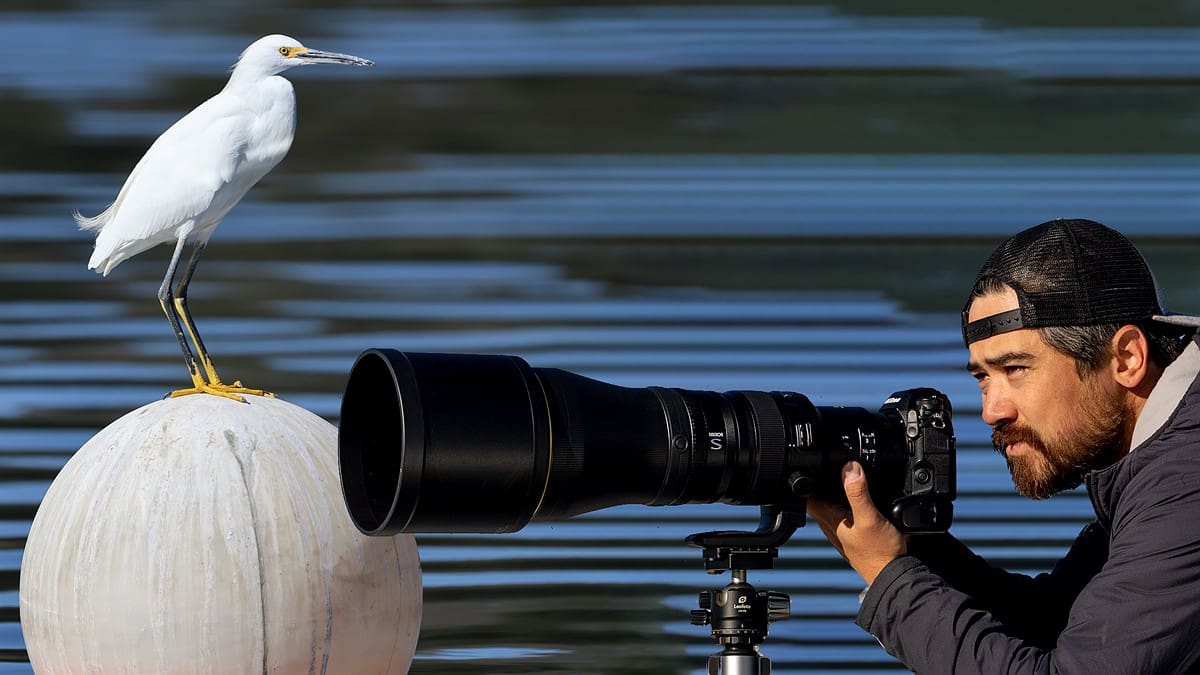
Ethical Wildlife Photography Practices
Modern wildlife photography course curricula emphasize ethical practices and conservation awareness. Learning online allows for comprehensive exploration of ethical considerations through case studies, expert interviews, and detailed guidelines for responsible wildlife photography.
Minimizing Wildlife Disturbance: Australian wildlife faces numerous threats, making ethical photography practices essential for conservation. Online courses teach recognition of stress signals in different species, appropriate approach distances, and techniques for capturing natural behaviours without interference.
Interactive modules demonstrate proper positioning techniques for photographing sensitive species like nesting birds or mothers with young. Students learn to prioritize animal welfare over photographic opportunities, ensuring their presence doesn’t negatively impact wildlife behaviors or habitat use.
Legal Considerations and Permits: Australia has strict wildlife protection laws varying between states and territories. Online courses provide comprehensive coverage of legal requirements, permit procedures, and protected area regulations. This knowledge protects photographers from legal issues while ensuring compliance with conservation regulations.
Conservation Through Photography: The convenient nature of online education allows exploration of how wildlife photography contributes to conservation efforts. Students learn to create images that inspire environmental protection, document threatened species, and support conservation organizations through their work.

Specialized Techniques for Australian Species
Marsupial Photography: Australia’s unique marsupials require specialized photography approaches. Online courses demonstrate techniques for photographing kangaroos, koalas, wombats, and smaller marsupials, each with distinct behavioral patterns and photographic challenges.
Kangaroo photography involves understanding mob dynamics, feeding behaviors, and boxing interactions during mating season. Online video demonstrations show proper positioning for capturing these behaviors safely and ethically. Koala photography requires knowledge of eucalyptus forest conditions, understanding sleep patterns, and working with challenging lighting in dense tree canopies.
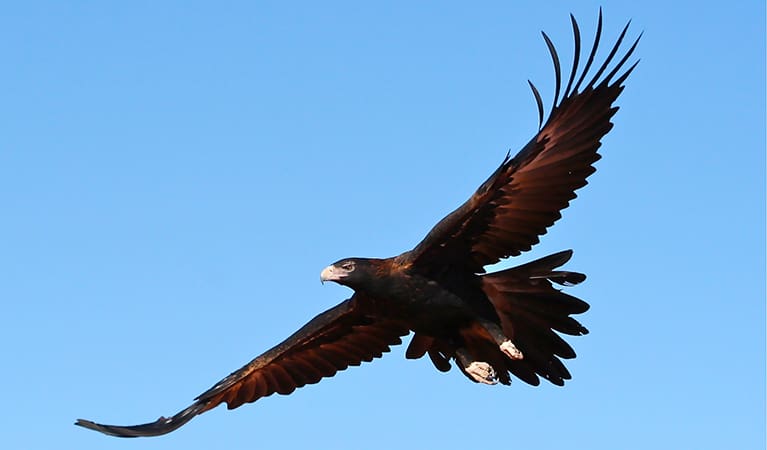
Bird Photography Techniques: Australia hosts over 800 bird species, from tiny honeyeaters to massive wedge-tailed eagles. Online courses provide species-specific guidance for photographing different bird types, from swift-flying aerial hunters to ground-dwelling species like emus and cassowaries.
Specialized modules cover flight photography techniques for capturing birds in motion, understanding seasonal migration patterns, and working around nesting colonies without disturbance. Learning online provides access to extensive bird behaviour libraries demonstrating feeding, courtship, and territorial behaviours across Australian species.
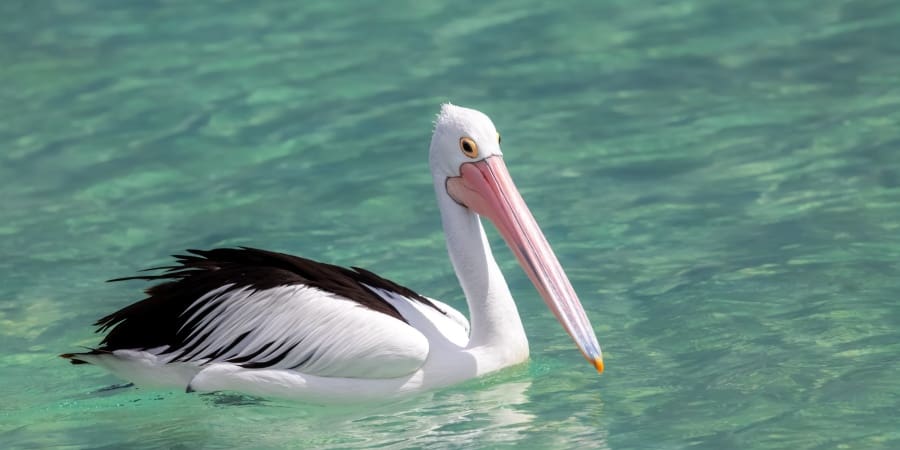
Marine Wildlife Photography: Australia’s extensive coastline and Great Barrier Reef system provide incredible marine wildlife opportunities. Online courses cover underwater photography basics, whale watching photography ethics, and techniques for capturing seals, dolphins, and seabirds in marine environments.
Safety considerations for marine wildlife photography receive detailed coverage, including understanding weather conditions, tidal patterns, and marine animal behaviours that could pose risks to photographers.
Technical Skills Development
Camera Settings for Wildlife: Wildlife photography demands technical expertise in camera operation under challenging conditions. Online courses provide comprehensive training in autofocus systems, exposure modes, and high-ISO performance crucial for wildlife photography success.
Interactive tutorials demonstrate camera settings for different scenarios – from high-speed kangaroo movements to low-light nocturnal photography of possums and gliders. Learning online allows repeated practice with camera setting simulations before field application.
Composition and Storytelling: Beyond technical skills, effective wildlife photography requires strong compositional abilities and storytelling instincts. Online courses explore composition techniques specific to wildlife subjects, including background selection, environmental context, and behavioural storytelling.
Students learn to create images that communicate animal personalities, relationships, and ecological connections. Online portfolio review sessions provide feedback on compositional choices and storytelling effectiveness.
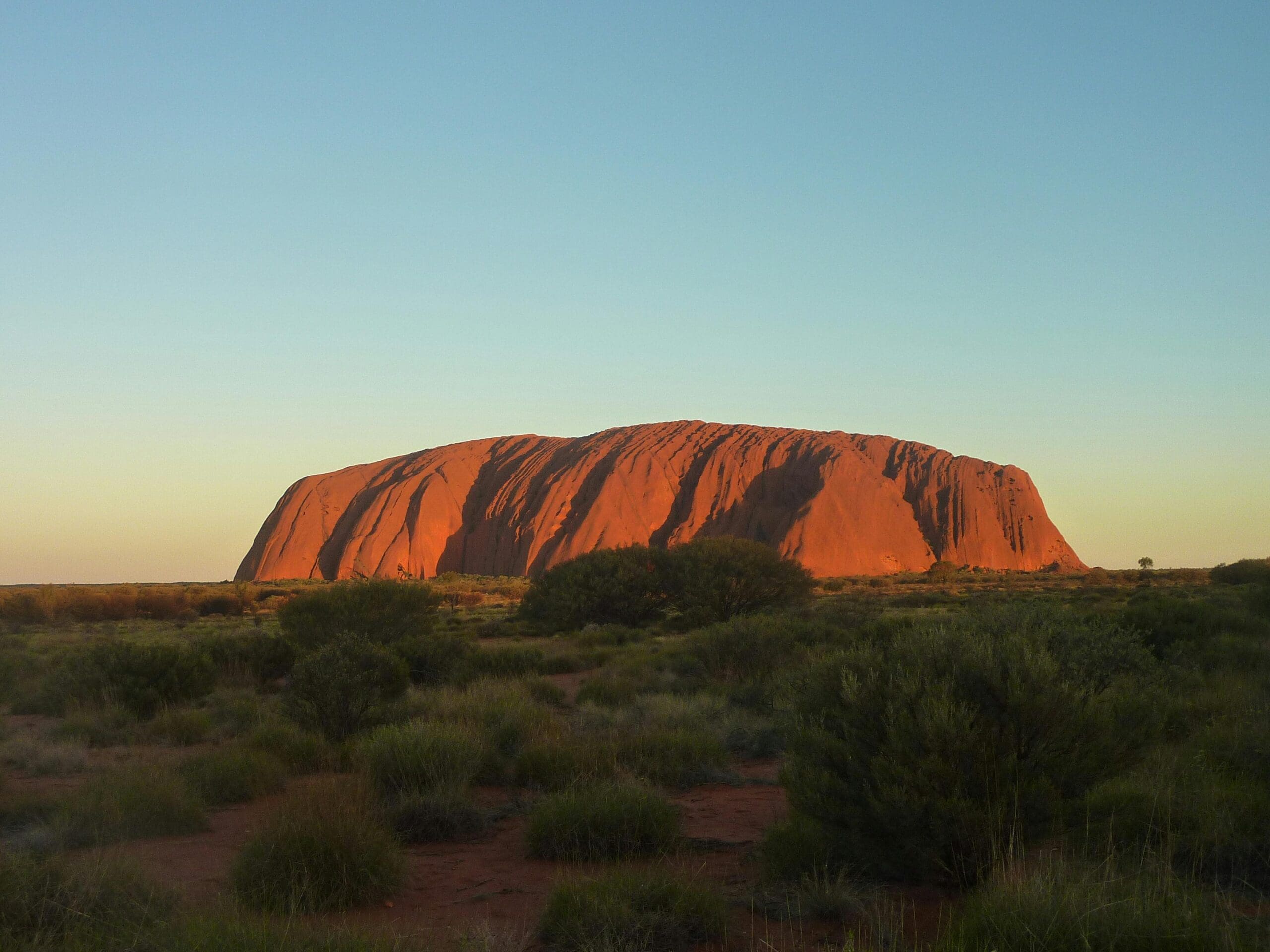
Field Craft and Safety
Australian Wilderness Safety: Wildlife photography often requires venturing into remote Australian locations with unique hazards. Online courses provide comprehensive safety training covering venomous snake recognition, spider safety, crocodile awareness, and emergency procedures for remote locations.
Heat stroke prevention, dehydration management, and navigation skills receive detailed coverage, ensuring photographers can work safely in challenging Australian conditions. Emergency communication equipment and procedures are demonstrated through online simulations and case studies.
Camouflage and Concealment: Successful wildlife photography requires excellent fieldcraft skills. Online courses demonstrate camouflage techniques, blind construction, and concealment strategies appropriate for different Australian environments and species.
Video tutorials show proper movement techniques, scent control, and patience strategies that increase wildlife photography success rates. Students learn to work within natural environments without leaving traces or disturbing ecosystems.
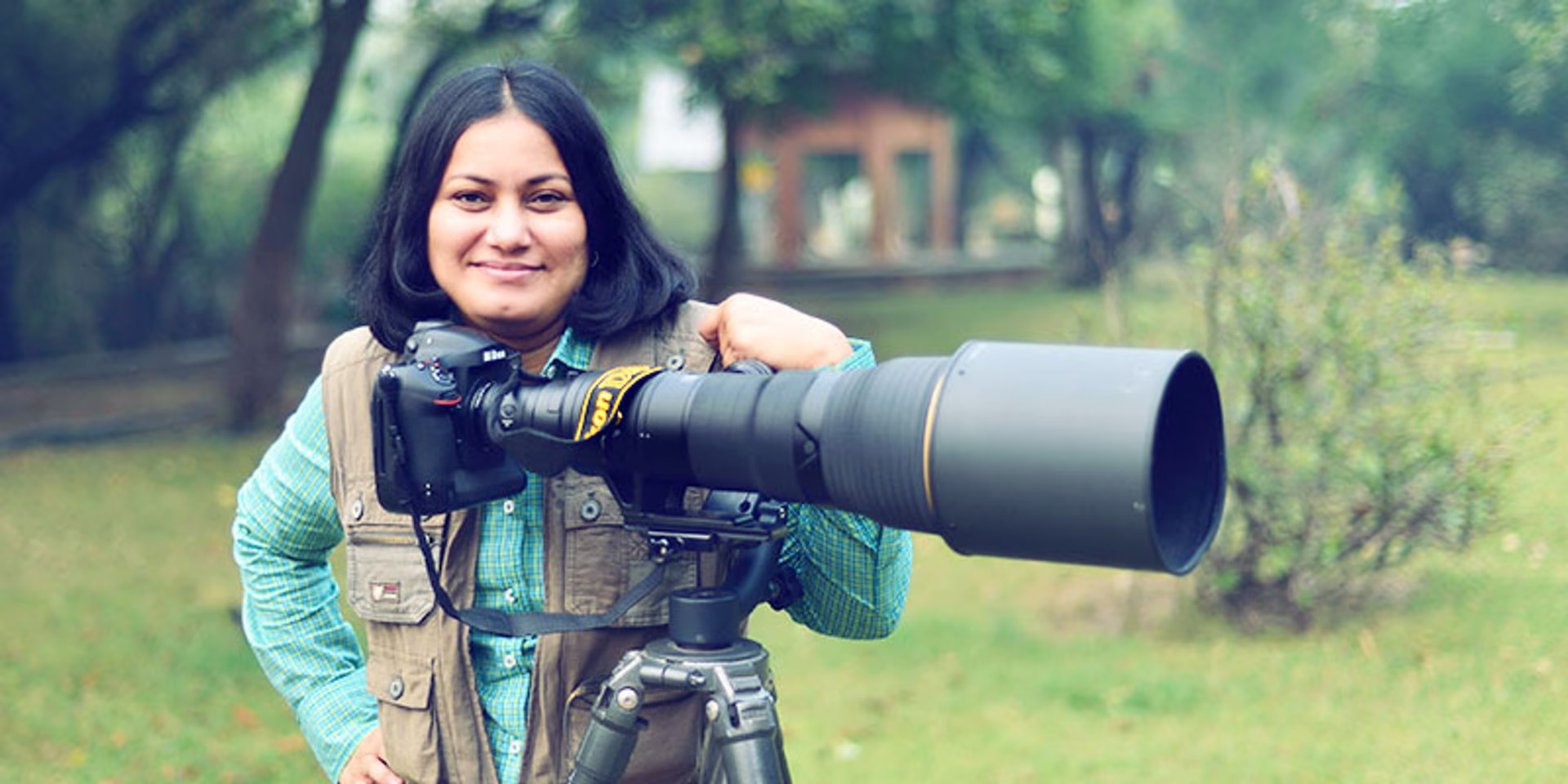
Business Applications and Career Development
Wildlife Photography as Career: For students interested in professional wildlife photography, online courses explore business aspects of wildlife photography careers. This includes stock photography, conservation organization work, tourism photography, and educational content creation.
The convenient nature of online education allows exploration of different career pathways without committing to expensive traditional programs. Students can evaluate wildlife photography business opportunities while developing technical skills.
Portfolio Development: Online courses emphasize portfolio building throughout the learning process. Students receive guidance on image selection, portfolio presentation, and marketing strategies for wildlife photography work.
Regular portfolio reviews and peer feedback sessions help students develop professional-quality work suitable for client presentation or competition entry.

Integration with Other Photography Disciplines
Landscape and Wildlife Combination: Many successful photographers combine wildlife expertise with landscape photography skills. Online courses demonstrate techniques for incorporating wildlife subjects into broader landscape contexts, creating environmental portraits that show animals within their habitats.
Videography Integration: Modern wildlife photographers often expand into video work. Online courses may include videography course elements showing how to adapt wildlife photography skills to video capture, creating moving images that complement still photography portfolios.
Technology and Online Learning Tools
Virtual Field Trips: Advanced online wildlife courses utilize virtual reality and 360-degree video to provide immersive field experiences. Students can explore Australian wildlife locations virtually, studying animal behaviours and environmental conditions before actual field work.
Species Identification Tools: Online courses integrate digital species identification tools, helping students learn to identify Australian wildlife accurately. This knowledge improves field efficiency and ensures appropriate photographic approaches for different species.
Weather and Seasonal Tracking: Digital tools integrated into online courses help students understand seasonal wildlife patterns, weather impacts on animal behaviour, and optimal timing for different photographic opportunities.
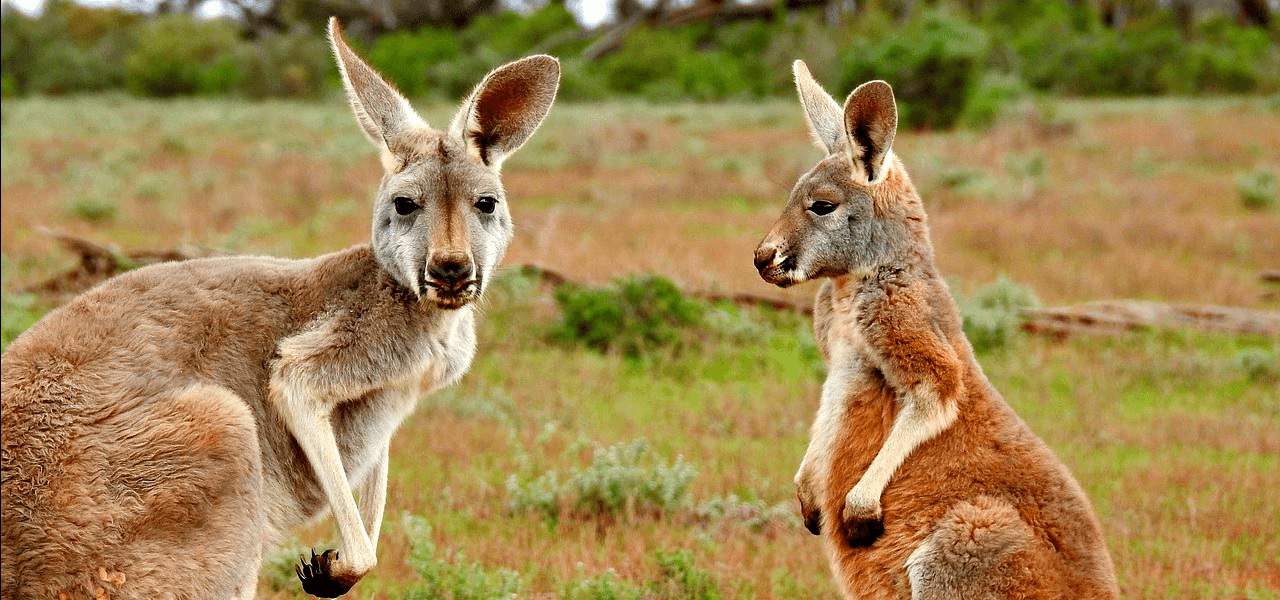
Conservation and Environmental Awareness
Climate Change Documentation: Modern wildlife photography increasingly documents environmental change impacts on Australian fauna. Online courses explore how photographers can contribute to climate change research through systematic documentation of species distributions, behavioural changes, and habitat modifications.
Threatened Species Awareness: Australia has many threatened and endangered species requiring special conservation attention. Online courses provide detailed information about threatened species photography ethics, permit requirements, and how photographers can support conservation efforts through their work.
Habitat Protection: Wildlife photographers play important roles in habitat protection through their imagery and advocacy. Online courses explore how powerful wildlife photography can influence public opinion, support conservation fundraising, and document habitat destruction or restoration efforts.
Final Thoughts
A specialized wildlife photography course delivered through online course platforms provides Australian photographers with comprehensive training in ethical wildlife photography techniques. The convenient nature of learning online makes this specialized education accessible to students across Australia’s diverse landscapes.
Online wildlife photography education combines technical skill development with ethical practices, safety training, and conservation awareness essential for responsible wildlife photography. Students gain both practical photography abilities and deep understanding of Australian fauna necessary for creating compelling, respectful wildlife imagery.
For photography enthusiasts passionate about Australia’s unique wildlife, online education provides flexible, comprehensive training that fits around other commitments while delivering professional-quality instruction. The combination of technical expertise, ethical awareness, and conservation focus prepares students for successful wildlife photography careers or rewarding hobby pursuits.
Whether seeking to document local wildlife in your area or planning photographic expeditions to remote Australian locations, a comprehensive online wildlife photography course provides the knowledge and skills necessary for ethical, successful wildlife photography adventures.

